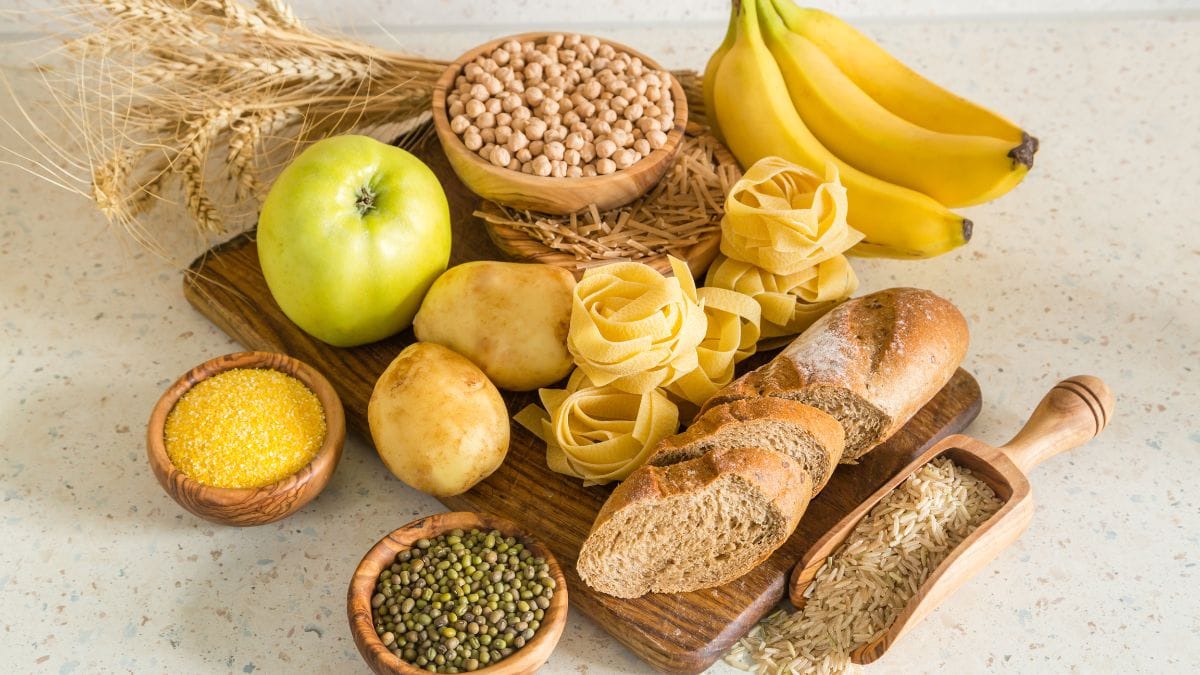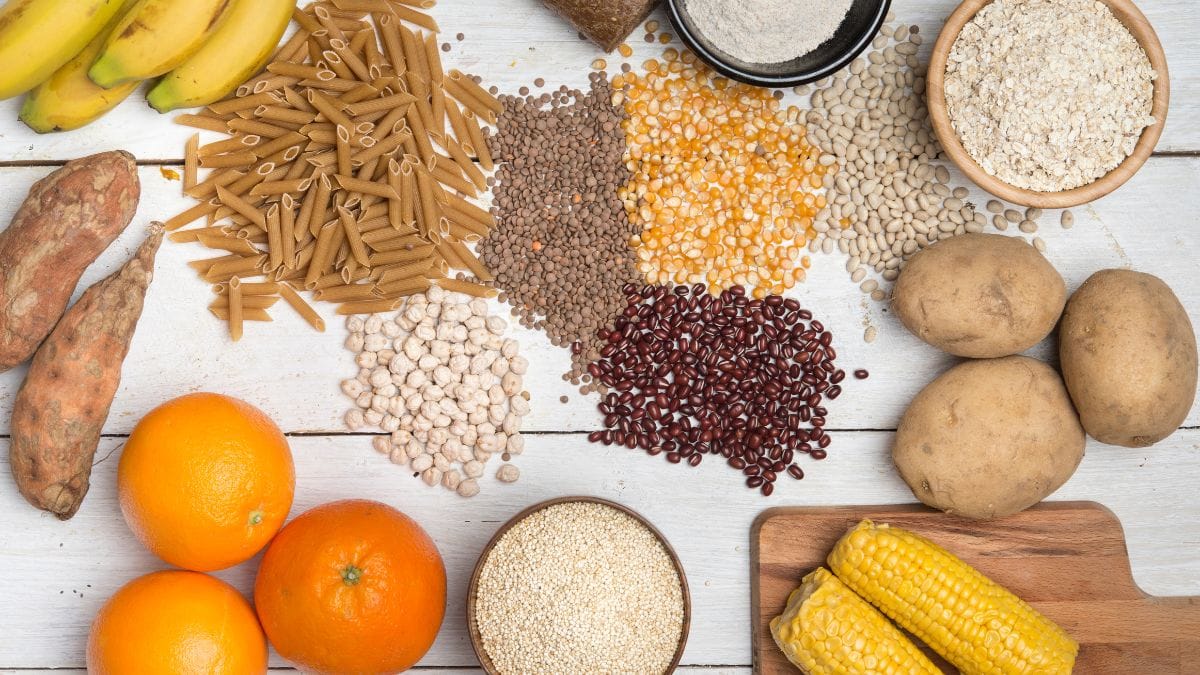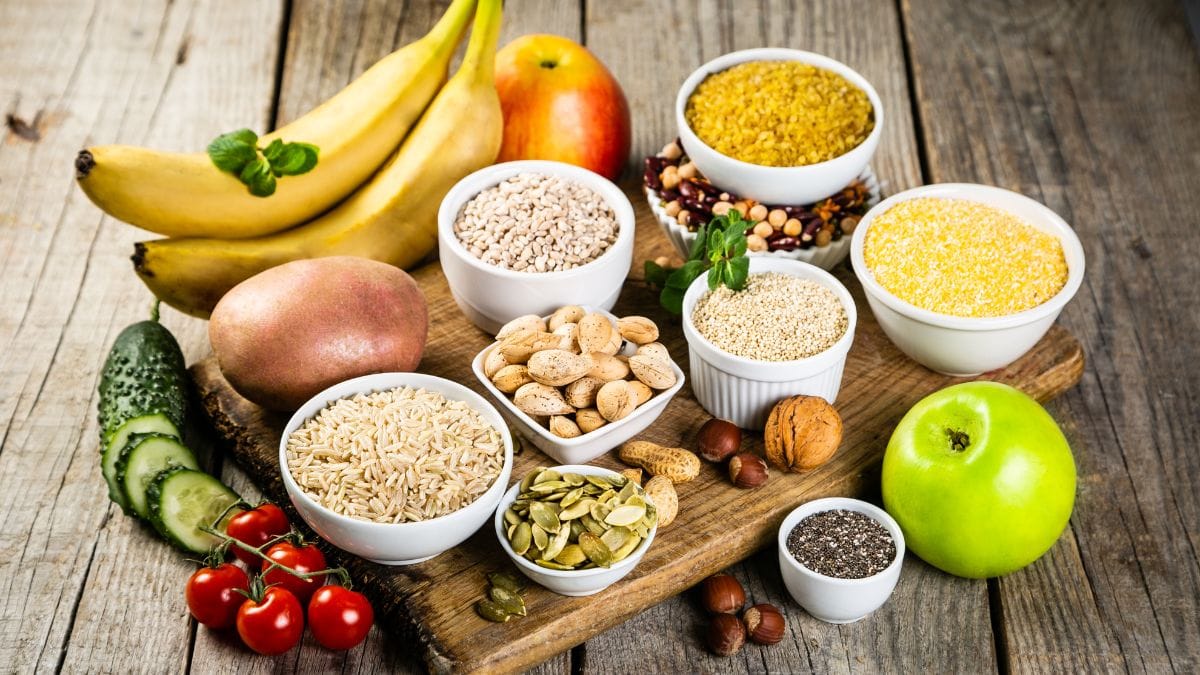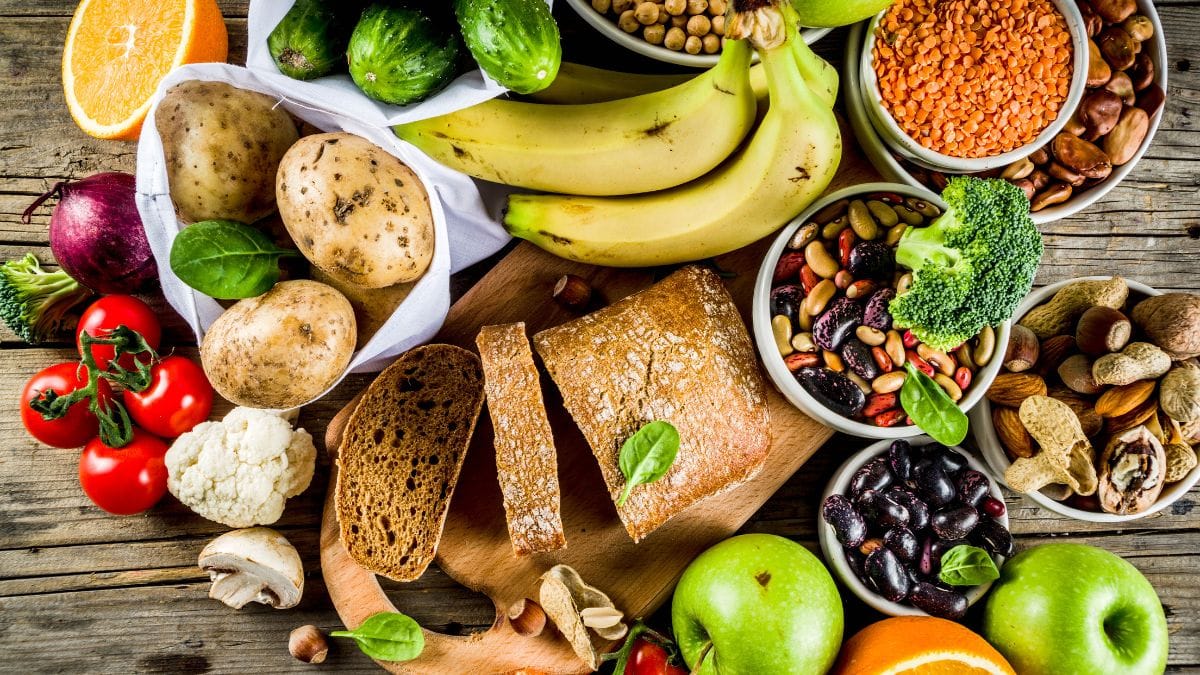● Short Answer: White rice isn’t inherently bad for carbohydrate intake when eaten in proper portions and paired with protein and fiber.
Introduction
Picture this: you’re standing in your kitchen, holding a bowl of steaming white rice, wondering if you’re sabotaging your health goals.
You’ve probably heard conflicting messages about white rice – some calling it a nutritional villain while others defend it as a staple food for billions of people worldwide.
The truth about white rice and carbohydrate intake is more nuanced than the black-and-white narrative you’ve been fed, so let’s dig deeper into the real science behind this controversial grain.
What Makes White Rice Different From Other Carbohydrates?
White rice undergoes a milling process that removes the bran and germ, leaving only the starchy endosperm.
This process strips away most of the fiber, vitamins, and minerals, creating a refined carbohydrate that your body digests quickly.
The glycemic index of white rice ranges from 73 to 89, which means it causes a rapid spike in blood sugar levels within 15-30 minutes of eating.
Unlike complex carbohydrates found in whole grains, white rice provides mostly glucose with minimal nutritional cofactors to slow absorption.
In my opinion, this doesn’t automatically make white rice “bad” – it simply means you need to understand how to use it strategically in your overall meal planning.
✪ Fun Fact: The type of rice and cooking method can change the glycemic index by up to 20 points.
How Does White Rice Affect Your Blood Sugar and Energy?
When you eat white rice, your blood glucose levels rise within 15 minutes and peak around 30-45 minutes after consumption.
This rapid glucose surge triggers a strong insulin response, which can lead to a subsequent energy crash 2-3 hours later.
For people with insulin resistance or diabetes, this pattern can be particularly problematic because their cells struggle to efficiently process the glucose flood.
However, if you’re physically active or time your rice consumption around workouts, your muscles can quickly absorb this glucose for immediate energy.
The key lies in portion control – stick to 1/3 cup of cooked rice per meal and pair it with protein and vegetables to slow digestion.
✪ Pro Tip: Eat white rice within 30 minutes after strength training to optimize muscle glycogen replenishment.
When Can White Rice Actually Benefit Your Health Goals?
White rice serves as an excellent post-workout carbohydrate because your muscles desperately need quick glucose replenishment after intense exercise.
For people with digestive issues like IBS or Crohn’s disease, white rice provides easily digestible calories without the fiber that might trigger symptoms.
Athletes and highly active individuals can use white rice strategically to fuel performance without the digestive burden of high-fiber alternatives.
If you’re trying to gain weight or muscle mass, white rice offers calorie-dense carbohydrates that won’t fill you up too quickly.
In my opinion, white rice also works well for people who struggle with appetite or need to increase their overall caloric intake for medical reasons.
✪ Note: White rice contains virtually no fat, making it ideal for low-fat dietary protocols.
What Are the Practical Alternatives and Modifications?
Cook your white rice with coconut oil (1 teaspoon per cup of dry rice) and refrigerate it overnight to increase resistant starch content.
Mix white rice with cauliflower rice in a 50:50 ratio to reduce the glycemic load while maintaining familiar taste and texture.
Try parboiled white rice instead of regular white rice – the parboiling process retains more nutrients and lowers the glycemic index slightly.
Consider switching to basmati white rice, which has a lower glycemic index (58-69) compared to jasmine or short-grain varieties.
If you must eat white rice regularly, always combine it with 20-25 grams of protein and at least 2 cups of non-starchy vegetables per meal.
✪ Pro Tip: Adding 1 tablespoon of vinegar to your rice meal can reduce blood sugar spikes by up to 20%.
How Should You Include White Rice in Your Daily Carbohydrate Plan?
Limit white rice to no more than 1/3 of your total daily carbohydrate intake if you’re sedentary or trying to lose weight.
Time your white rice consumption around your most active periods – preferably lunch or post-workout meals rather than dinner.
Use white rice as a vehicle for nutrients by mixing it with legumes, vegetables, and lean proteins rather than eating it plain.
Track your blood sugar response to white rice using a glucose meter if you have diabetes or prediabetes to determine your personal tolerance.
In my opinion, treating white rice as an occasional performance fuel rather than a daily staple makes the most sense for optimal health outcomes.
✪ Fun Fact: Eating white rice with beans creates a complete protein profile while reducing the overall glycemic impact.
Wrapping Up
White rice isn’t inherently evil for your carbohydrate intake – it’s simply a tool that requires strategic use based on your activity level, health status, and overall dietary pattern.
Ready to optimize your carbohydrate choices for your specific goals – share your questions or experiences with white rice in the comments below!
References
At NutritionCrown, we use quality and credible sources to ensure our content is accurate and trustworthy. Below are the sources referenced in creating this article:
- Harvard T.H. Chan School of Public Health: Eating white rice regularly may raise type 2 diabetes risk
- Harvard Health Publishing: A good guide to good carbs: the glycemic index
- Glycemic Index Net: White Rice Standard Glycemic Index
- PMC: White rice consumption and risk of type 2 diabetes
- Harvard Health Publishing: Brown rice versus white rice: A head-to-head comparison





